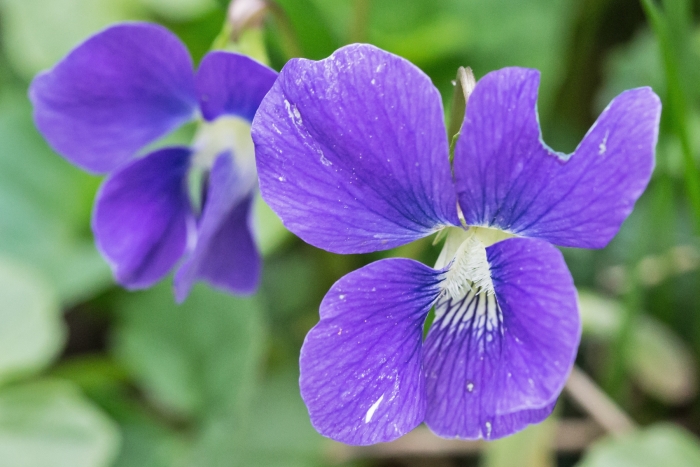Marsh Blue Violet
(Viola cucullata)
Marsh Blue Violet (Viola cucullata)
/
/

© Bill Keim
CC BY 4.0














































Estimated Native Range
Summary
Marsh Blue Violet is valued for its early spring flowers and its ability to thrive in moist, shady conditions, making it an excellent ground cover for woodland gardens and naturalized areas. It is also used in rain gardens and along water features. This violet prefers part shade to full shade, consistently moist soil, and does not tolerate drought well. It can spread by self-seeding, which is beneficial for naturalizing but may be considered aggressive in small garden settings. While generally low-maintenance, it can be susceptible to leaf spots and rust.CC BY-SA 4.0
Plant Description
- Plant Type: Herb
- Height: 0.3-0.5 feet
- Width: 0.2-0.7 feet
- Growth Rate: Moderate
- Flower Color: Purple
- Flowering Season: Spring, Summer
- Leaf Retention: Semi-deciduous
Growth Requirements
- Sun: Part Shade
- Water: Medium, High
- Drainage: Medium
Common Uses
Bank Stabilization, Bee Garden, Border Plant, Butterfly Garden, Deer Resistant, Edible*Disclaimer: Easyscape's listed plant edibility is for informational use. Always verify the safety and proper identification of any plant before consumption., Groundcover, Low Maintenance, Potted Plant, Rock Garden, Salt Tolerant, Showy Flowers, Street Planting, Water Garden
Natural Habitat
native to moist meadows, swamps, and streambanks in the Eastern United States and Canada
Other Names
Common Names: Blue Marsh Violet , Hooded Blue Violet , Purple Violet , Violette Cucullée , Violette Dressée
Scientific Names: Viola cucullata , Viola obliqua , Viola induta , Viola cucullata f. albiflora , Viola barbata , Viola dicksonii , Viola palmata var. cucullata , Viola cucullata var. microtitis , Viola cucullata f. thurstonii , Viola primulifolia var. cordata
GBIF Accepted Name: Viola cucullata Aiton